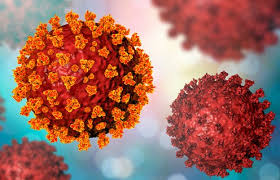01/10India is suffering from a second wave of COVID-19
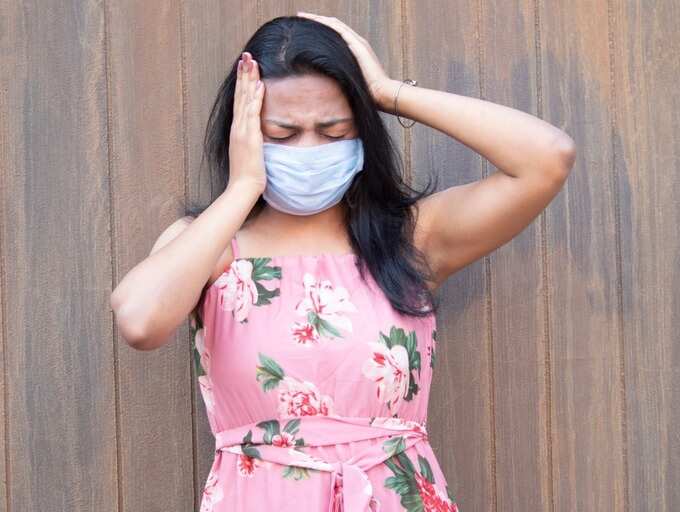
After a brief lull, India’s COVID case trajectory is on the upward spiral again.
The second wave of COVID, which has hit India is causing a wide surge of infections. With cases having crossed the 1-lakh mark over the recent days (April 04), experts are now worrying that not only will the second wave reimpose the need for restrictions, it could also be much worse than the first one.
02/10What’s really causing a surge in cases right now?
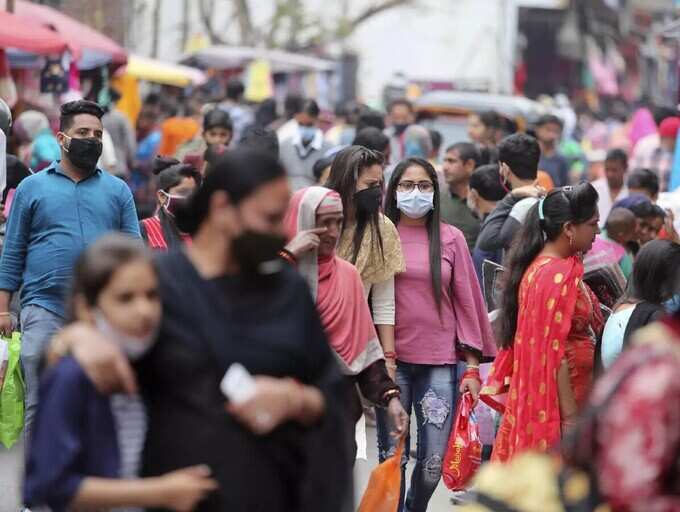
While complacent behaviour and the emergence of newer, scarier COVID mutations have added to the worries, doctors in the country are also reporting a change in the way the infection is causing symptoms.
03/10What you must know
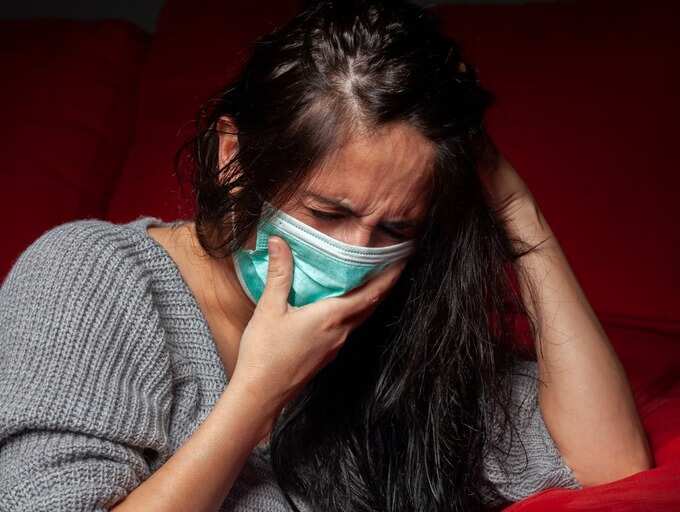
From unusual signs to increased hospitalizations, the latest medical findings from the state of Gujarat, which, too, is battling with a heavy COVID surge right now is proof of the many ways India’s second COVID wave is much different than the first one. Here are some of the observations:
04/10Is the virus causing different symptoms?

The newer, mutating COVID strains, including the Brazilian and the Kent variants are said to be quite stronger and spawning the capability to cause more symptoms and attack the vital organs more profoundly. According to current research which has emerged from hospitals across India, people testing positive for the virus are now also reporting different viral symptoms, unlike the classic signs and symptoms of COVID-19.
According to doctors in Gujarat, patients are now exhibiting unusual symptoms of the virus, including abdominal pain, nausea, vomiting and even developing a cold. The absence of typical symptoms, such as that of a fever and a cough is now making doctors caution patients to get tested even if they do not show classic signs.
Other symptoms increasingly seen in COVID+ patients include joint pain, myalgia, gastrointestinal complications, weakness and loss of appetite.
Interestingly, unusual signs and detection of vague symptoms apart from a COVID-fever or cough were also highlighted during the second, third wave of infections that hit the UK and other European countries in the recent months.
05/10Are infections turning severe?

Most COVID cases are mild or may even be asymptomatic. However, with the virus changing its course and launching a much-more lethal attack on the body, the severity of infections is also being witnessed right now. The severity and complications, which pose the highest risk for those suffering from comorbidities can also increase the need for hospitalizations, and push the healthcare system to a near state of collapse if the situation isn’t controlled in time.
While the evidence is premature right now, a lot of experts feel that the COVID mutations or the scary double mutant virus traced in Maharashtra has the ability to attack the body in a different manner. The new strain, for example, poses high infectious ability and can easily spread to the lungs, respiratory passageways and cause pneumonia, which is a lethal COVID complication.
06/10Do not ignore gastrointestinal symptoms

A number of gastrointestinal complaints are also being registered right now, more than ever. While gastrointestinal symptoms were not evidently seen at first, doctors now suspect that the virus strongly attaches itself to the high load of ACE2 entry receptors present in the digestive system and unleash a barrage of symptoms- from diarrhoea, abdominal cramps, nausea, pain and vomiting.
High contagiousness and infectiousness could also increase the likelihood of vital organs being attacked and cause symptoms. Thus, people are being advised to be super careful and look on for the earliest signs of infection to prevent problems later.
07/10High viral load to blame?
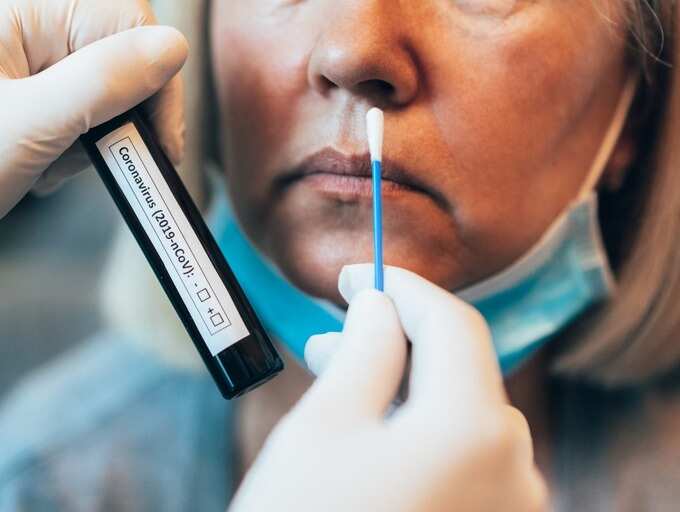
Viral load refers to the concentration of virus (SARS-COV-2) present in a person’s bloodstream, which is picked on by the diagnostic tests. While there can be a lot of reasons behind a higher viral load, a high number is usually seen as a sign of the infection progressing.
In case of COVID-19, a higher viral load could also impact the transmission rate of the contagion. As being witnessed right now, people testing positive for the virus are also showcasing a high viral load, which could further mean that the rate of infection, and perhaps reinfection could be higher too. Again, even though the findings are based on preliminary research right now and would be subject to further investigations, a lot of it is attributed to the scary UK and Brazilian strain.
08/10The virus is impacting healthier people too

The virus is said to carry the most implications for elderlies, and those with frail immunity. However, with the tide turning for the worse and a general prevailing disregard to preventive norms, a lot of younger people are also suffering from complications and landing up in the hospitals.
Some are also falling prey to complications like bilateral pneumonia, which could turn nearly fatal for COVID patients.
Children are also suffering from bad implications of the same. Problems like MIS-C (Multi systematic Inflammatory Syndrome) seen in rare pediatric COVID cases are now also being more evidently seen, flagging concerns.
09/10Need for vaccination remains crucial
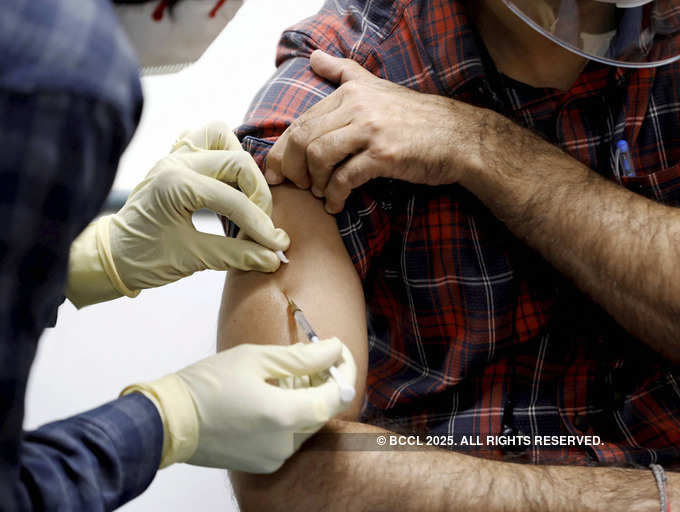
There remains some concern that the current set of vaccines administered in India (Covaxin, Covishield) may not be potentially effective against newer mutations, since the mutant virus may be able to surpass the antibodies easily and still spread infection. Even though it is a big looming threat, nonetheless, doctors still suggest people get vaccinated as and when, since there’s strong clinical proof that vaccines may be able to tame down severity, mortality and even long COVID problems. It could also potentially lower viral load and symptomatic risk, lowering the risk for secondary infections as well.
10/10Prevention

While vaccines are on the roll out, it is but important to continue wearing well-fitted masks and to follow all public health measures. The new surge in the COVID-19 cases is matter of great concern and it is but in our hands to contain the spread of the virus. Wash your hands regularly and sanitize frequently touched surfaces.

